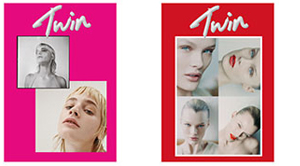Today, London’s Saatchi Gallery opens it’s doors to an immersive retrospective exhibition devoted to presenting a revolutionary survey of rave culture through a variety of various voices who have experienced it. The exhibition, titled Sweet Harmony: Rave| Today is set to open on Friday July 12th and will include several portrayals of the new world which emerged from the acid house scene. Throughout the exhibition, the space will feature multimedia room installations and audiovisual works by some of the rave movements experienced by first hand. As the concept of the acid house revolution is set to be recalled through photo series , live music events, talks and panel discussions by the movements’ architects and influencers of the 80s and 90s.
The Saatchi Gallery’s director Philly Adams in partnership with co-curator Kobi Prempeh have assembled a team of youthful visionaries and photographers including Sheryl Garratt, Agnes Bliah, photographers Tom Hunter, Vinca Petersen and a Twin favourite Seana Gavin. In anticipation for the upcoming event, we called upon the London based artist for a quick chat on what to expect.
. In anticipation for the upcoming event, we called upon the London based artist for a quick chat on what to expect.
For the exhibition, your work is mainly based off your time during the Spiral Tribe, what would you say was the definition of the term “rave” during a time such as this?
The raves I attended began in London. They were parties put on by collectives and sound systems such a Spiral Tribe who would take over abandoned empty buildings like office blocks, factories, post offices and outdoors in fields and quarries and would transform them into spaces where people from all walks of life could sweat the night away on a dance floor surrounded by likeminded individuals. The parties were run on a donation only entrance policy. Their ethos were all about the freedom to party as a way to break away from the commercial club culture that was emerging at the same time. They were illegal, very underground and it became a subculture. When Spiral Tribe left the UK in 1993 they would continue their mission across Europe. Other sound systems followed and raves turned into multi sound system Techno Festivals known as ‘Teknivals’.
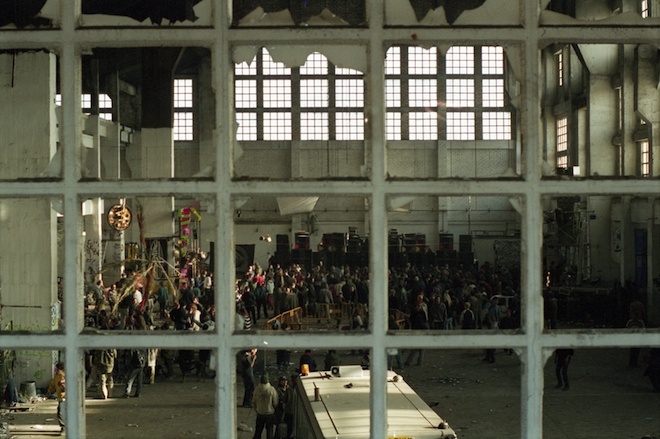
How would you say rave culture has changed since then and in what ways has the way in which you document rave culture since then evolved?
Overlapping with the scene I was part of, rave culture expanded from illegal warehouses into ticketed commercial club events. Even though raves and Teknivals still go on today they can’t have the same energy and rawness from the early days. Nothing can be repeated like that. In the early days to find out about the parties there was a secret party line info number you’d call on the night. It is incredible to think that between 30-50,000 people attended the iconic Castlemorten 3 day rave in the British countryside in 1992 purely through these channels and on a word of mouth basis.
In Europe, flyers were also handed out to pass on info about the next party. In my era it was pre-smart phones and social media so there was less documentation. Nowadays the digital age and overload of selfie culture has tainted things. Everyone has a portable camera in their phone so there is less mystery around it.
I think it’s great that clubs like Berghain in Berlin try to keep things more old school by storing your phone as you enter the club. Which also forces you to be present in the experience and not live through the lense of your smart phone camera.
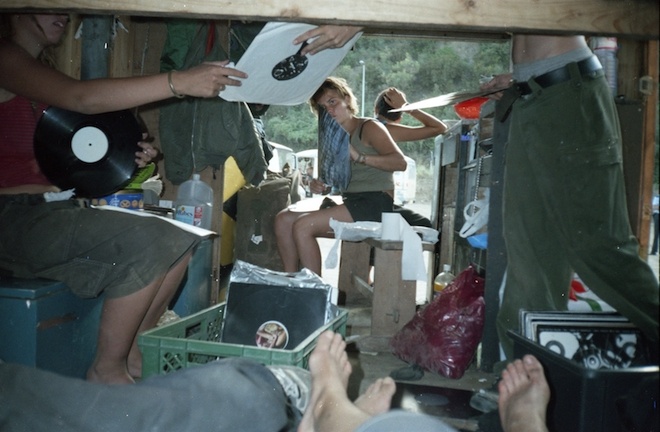
What would you like your audience to take away from your series?
I’d like to think the viewers would feel a sense of intimacy to the subject matter. I wasn’t a photo journalist documenting this scene at the time, I was immersed in this way of life . The photos I’ve included in the show capture the raves locations, the journeys in between, the aftermath of the parties and people who defined the scene.
I would hope the viewers would get a sense of the perspective of what it felt like to be part of that community which was more than a night out but an alternative outlook to society and a way of life.
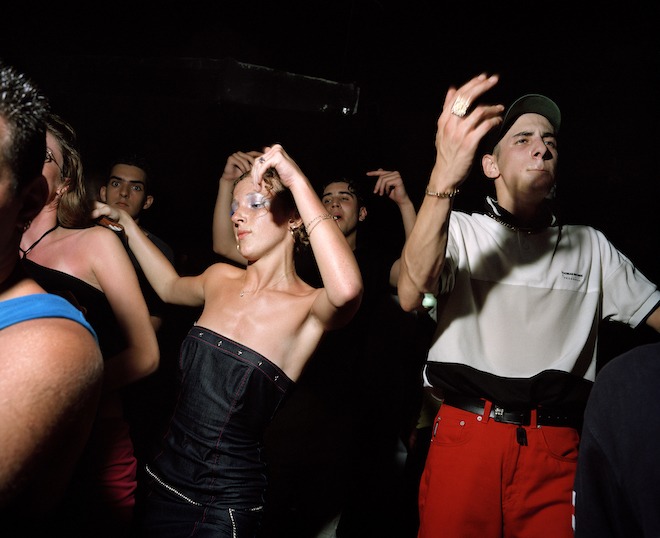
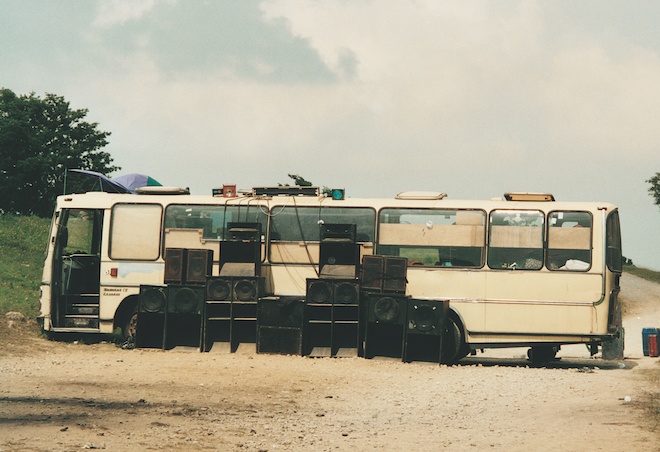
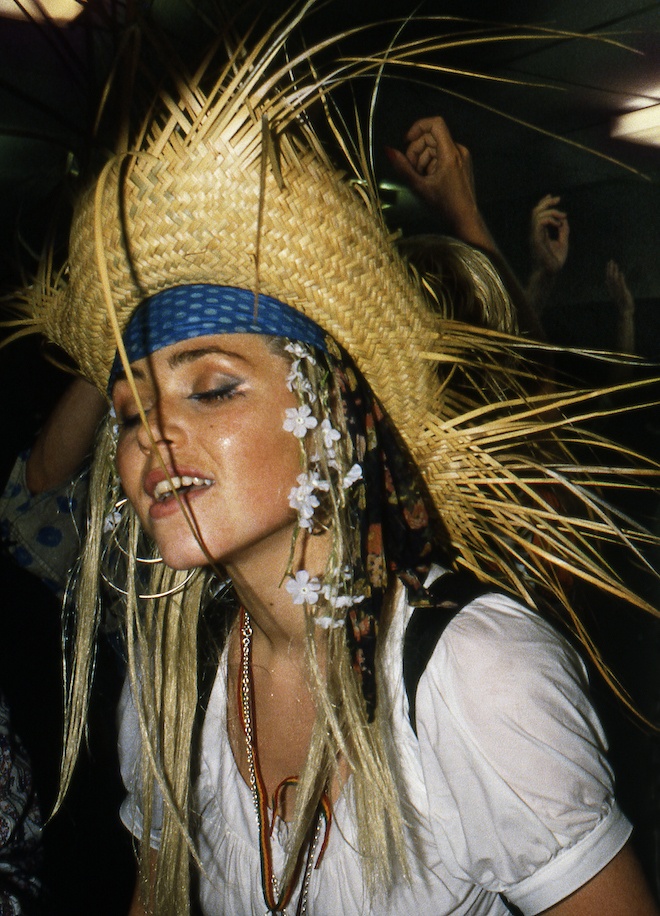
Shoom at FC Sacha Souter 1988, DAVE SWINDELLS, 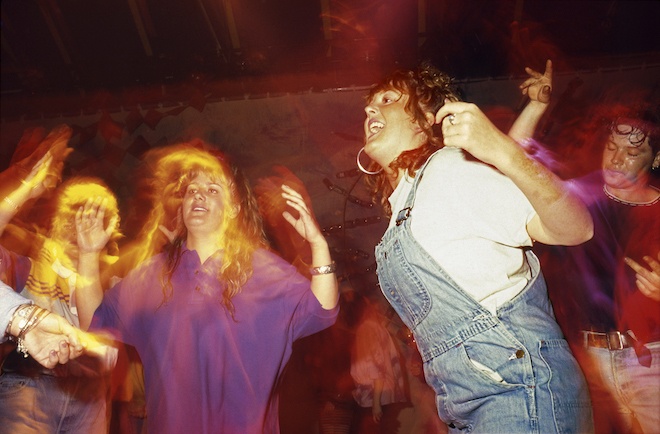
Spectrum Tent Girls (1988), Dave Swindells 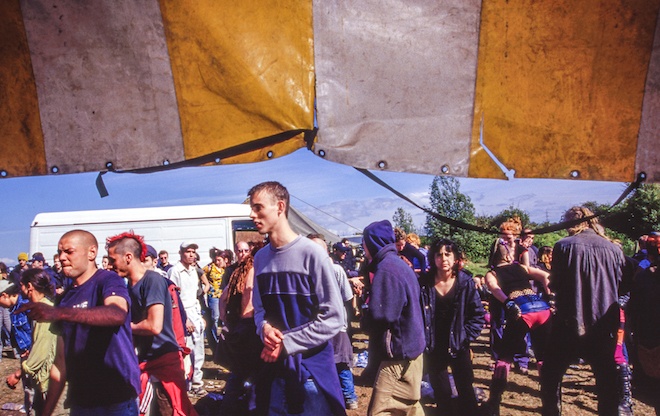
Castlemorton 10th Anniversary, Steart Beach (1992), Matthew Smith 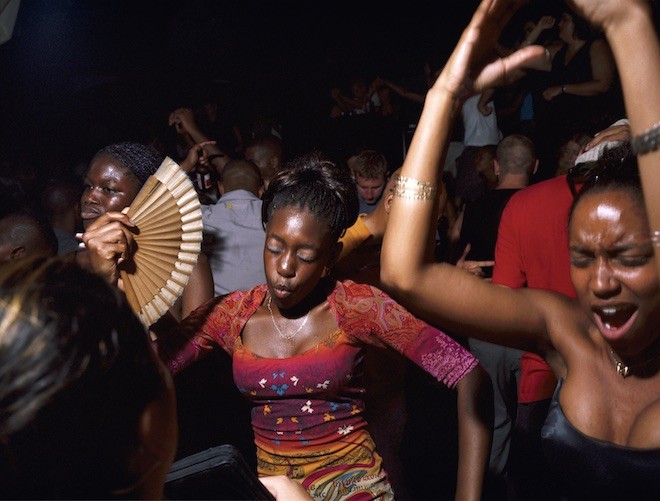
Girl W Fan 1990, Ewan Spencer
Other names of images makers included in exhibition are Ted Polhemus, Dave Swindells and Mattko. Throughout the exhibition, a space is created featuring the visually stimulating collections of each artist accompanied by a Spotify playlist with sub-genres of Detroit Techno, Acid House, Happy Hardcore, UK Garage and Grime. Uniting a selection of like, yet diverse minded creatives including electronic musician, visual artists and of course photographers. After the exhibition’s debut this Friday, it shall remain open to the public throughout the summer, until September 14th. For more details, visit Saatchi Gallery.
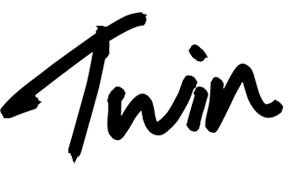
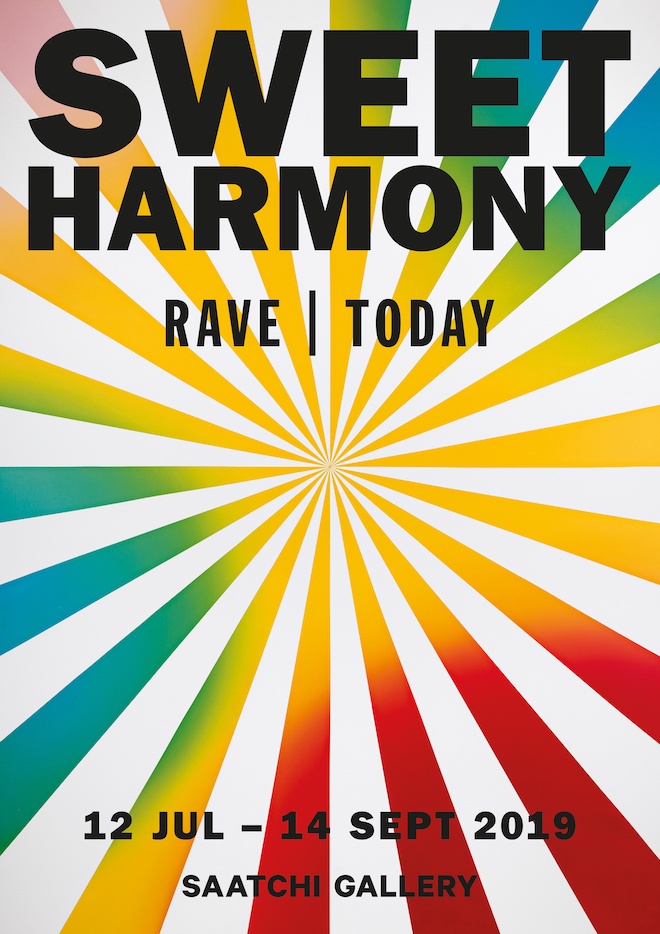
 PREVIOUS
PREVIOUS
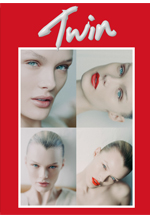
 Twitter
Twitter
 Tumblr
Tumblr
 YouTube
YouTube
 Facebook
Facebook
 Instagram
Instagram
